Mario Cucinella Architects built the Center for Sustainable Energy Technologies in China as part of Nottingham University expansion in Ningbo, China. The building will focus on the use of sustainable energy like the solar power, photovoltaic energy, wind power, and the list goes on. This newly built building will house visitor’s center, research laboratories, and classrooms for master’s courses.
The building design itself has a unique look as a Chinese lantern was inspiring it and a traditional wood screens. Its twisting tower that is visible all around the campus made this building an eye catcher one as it creates different façade.
Aside from the beautiful appearance, the building also has numerous eco-friendly features including the large rooftop opening that brings in natural light to all floors of the building. It also has natural ventilation and geothermal energy that are used for the building cooling and heating system.
The building is carefully design to make the most out of the environment natural resources, which include the building partly open sides to allow the daylight to come in, illuminates the building and minimize the need of using an artificial illumination. It also has four tilted triangular shaped skylights that provides natural lights the building semi-basement.
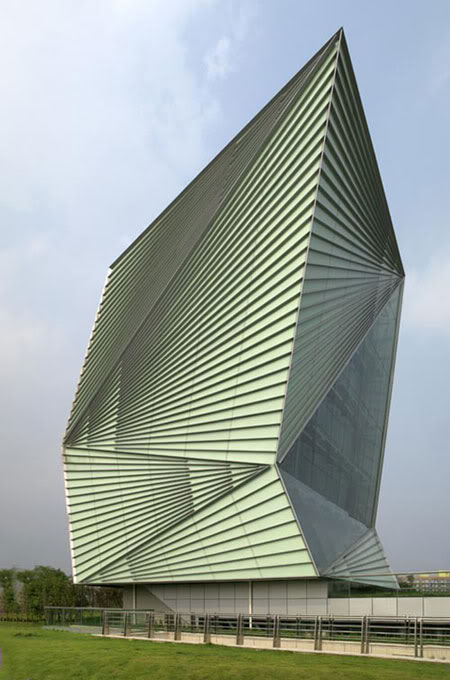
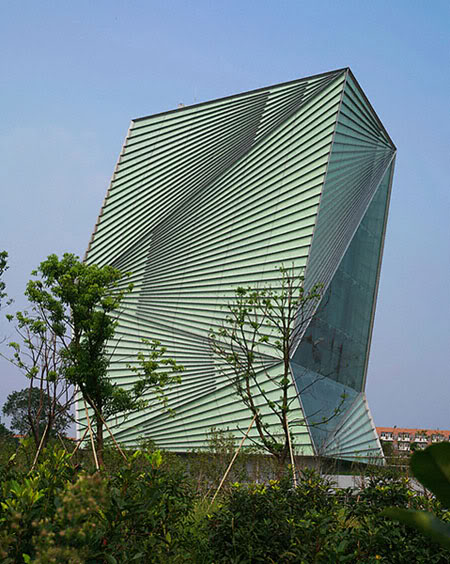
Related Tags: mario cucinella, sustainable energy technologies, ningbo china, artificial illumination, frank gehry
Building a home is now becoming affordable, easy and sustainable. The House Arc by Joseph Bellomo is just one of the great examples of today’s prototype. The designer’s successful Bike Arc inspires this wonderful modular house, and is designed for off-grid living.
This modular home is made from tubular steel armature and is seated above the ground via concrete piers or on a wood deck. The modules will then be sheathed with a translucent polycarbonate plastic and coated with a photovoltaic film, which resulting this modular house to be an eco-friendly one.
The photovoltaic film will now be responsible to power the house lighting and its appliances. The eco-friendly feature of this modular house includes its design of being lightweight for an easy and cheaper transportation.
In addition, the modules are also designed for easy additions and extension whenever needed, and the design made the House Arc a perfect shelter for emergency purposes and those low-income families.
Aside from those mentioned green features above, the House Arc also has the unique design which is new to the eyes and the interiors requires some design ingenuity to make it even more attractive and intriguing to the potential users just like how the prototype looks like.
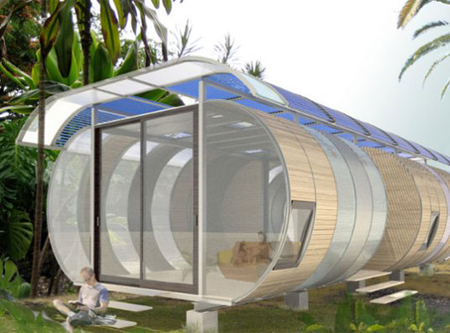
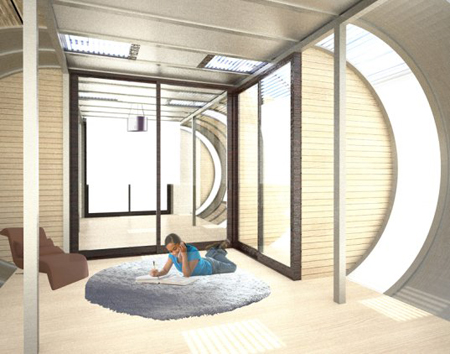
Related Tags: design ingenuity, joseph bellomo, concrete piers, polycarbonate plastic, low income families
When we start firing our fire pits, we have also started to fill our homes with smoke, foul odors, and cover our walls with dirt. However, this will never be the issue anymore with the Planika Coffee Table Fire Pits. Using the Fanola, a green and renewable source that produces no smoke and no odor, these tables will not only provide us with eco-friendly fire, but also it does create a stylish ambience to our interior. The Planika coffee tables have different fantastic designs that will surely compliments with your home’s interior design theme. Live fashionably green now with the Planika Coffee Table Fire Pits.
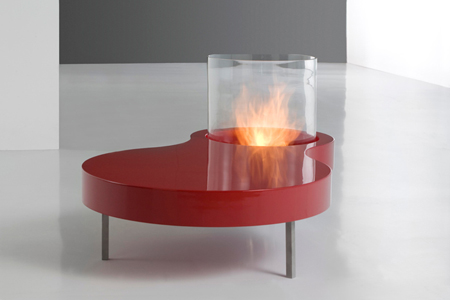
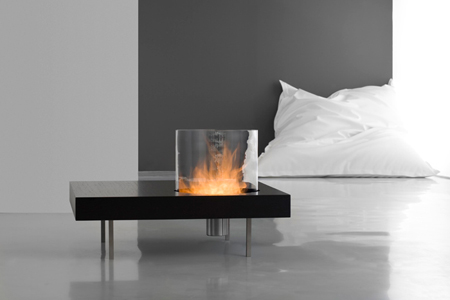
Related Tags: interior design theme, fire pits, foul odors, coffee tables, coffee table
An exhibition is happening at the Global Environment Information Center or GEIC in Tokyo, Japan and the masterpieces in the said exhibition are made of pigments, felt, nonflammable cloth, fluorescent lights, acrylic cases and more. With the materials used, the exhibition is called “Is This Waste?” Investigating the possibilities of using waste or rejected material is Tokyo Wonder. Panelists whom works are also featured in the exhibit are Fuji Hiroshi, Ohmaki Shinji, and Yodogawa Technique. Art pieces include the Echoes Infinity by Ohmaki Shinji, Chinu The Black Sea Bream of Osaka Bay by Yodogawa Technique, and the Happy Flower by Hiroshi Fuji.
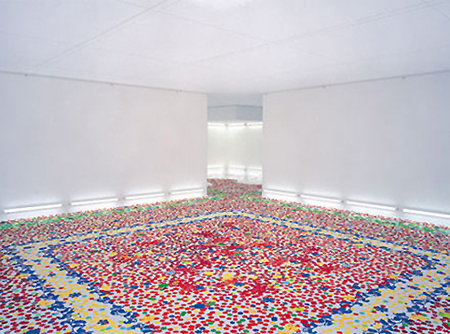
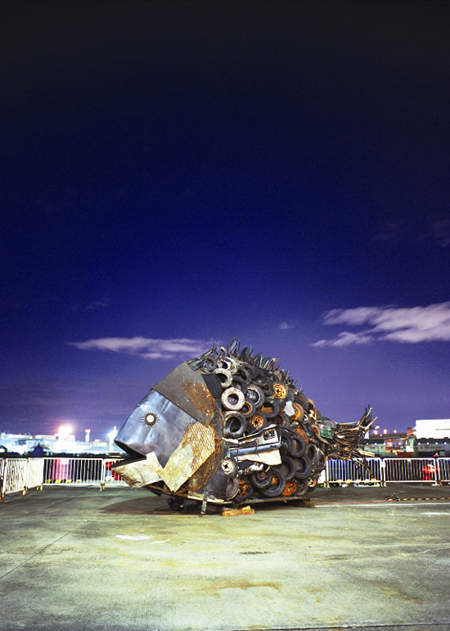
Related Tags: environment information center, osaka bay, sea bream, exhibition pieces, art exhibition
With the current busy lifestyle that we have today, many of us are already into drinking coffee on the go, which causes so much damage to our environment due to its disposable coffee cups. Not anymore today, with the presence of the KeepCup. The KeepCup will answer the cravings for coffee and the need of saving the environment, as this is the first barista standard reusable coffee cup.
Features of this wonderful stylish cup include a pleasing surface of its cup lid, simple pop on and off lid design, stackable, dishwasher safe, microwaveable, thermal, lightweight, and can be used for coffee, tea, juice, water, or soup.
Its plug on the other hand seals the beverage making the cup splash proof during transport. Its plus can also be easily removed for easy cleaning, and it fixes into a dummy sipper hole with the tongue on plus rotatable by 90 degrees to open the sipper hole and the air hole. KeepCup is available in three standard sizes (the 8oz, 12oz, and 16oz), and all sizes fit in any car cup holders.
Why this cup is environment friendly? Aside from being a reusable cup, it also manufactured in Australia using a recyclable polypropylene #5. The plug seal also meets the OH&S requirements, the one size cup lid maximize manufacturing efficiency, and the band and plug fits in each of the three sizes.
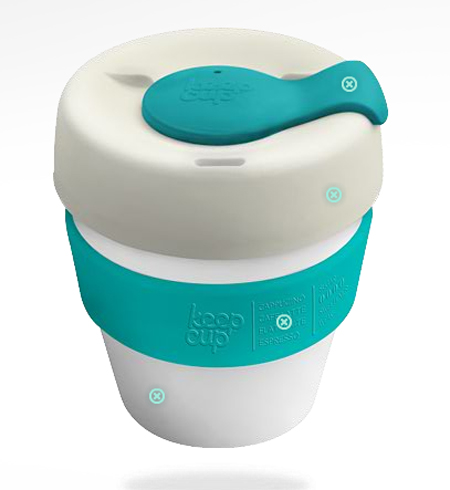
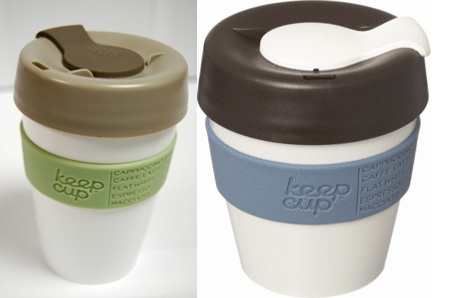
Source: KeepCup
Related Tags: disposable coffee cups, splash proof, cup lid, coffee cup, air hole
No comments:
Post a Comment